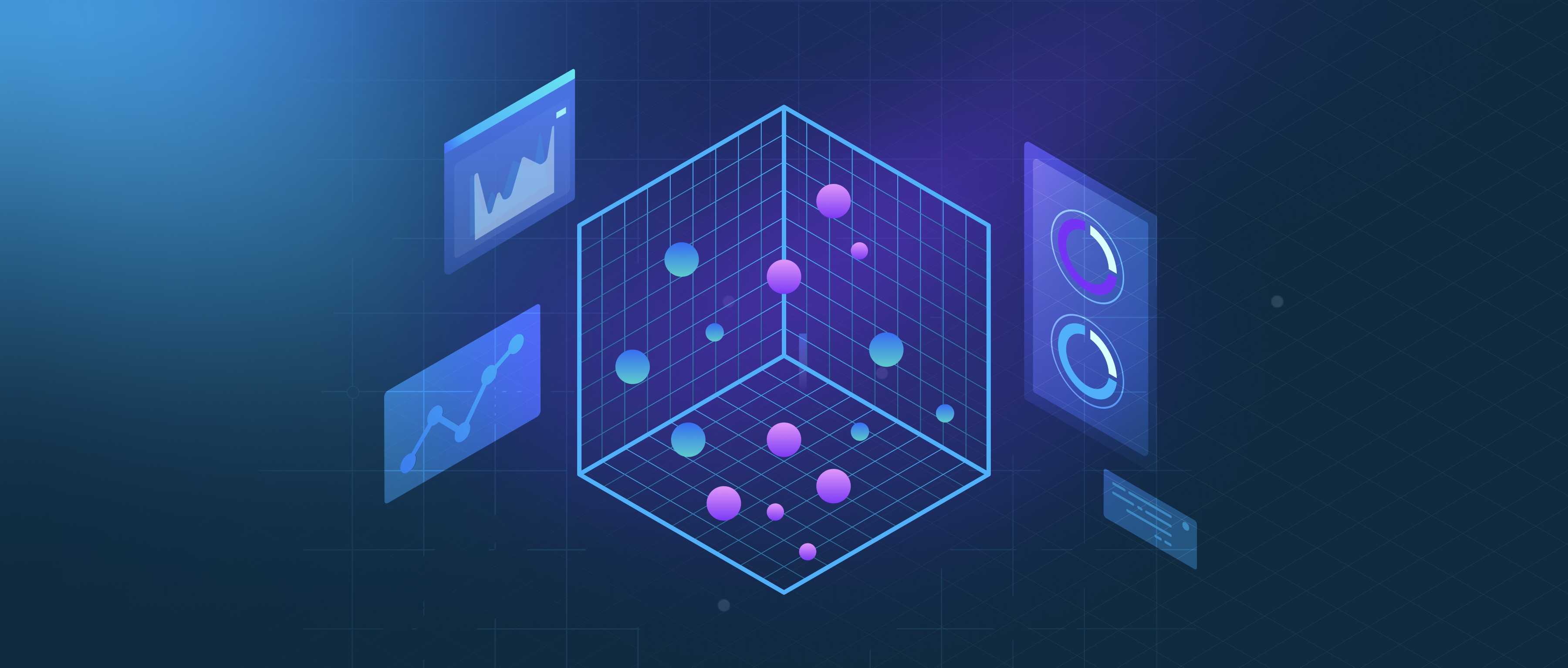Transfer learning plays a crucial role in zero-shot learning by leveraging knowledge gained from one task to improve performance on another related task without direct training on that task. In zero-shot learning, a model is trained on a set of classes or categories and is then expected to make predictions on unseen classes. Transfer learning helps by using pretrained models that have already learned useful features from a large dataset. This helps the model generalize better to new tasks, as it can draw on existing knowledge when faced with unfamiliar categories.
For instance, consider an image classification task where a model is trained on a diverse dataset like ImageNet, which contains many different classes such as dogs, cats, and vehicles. If you want your model to recognize a new category, like a specific breed of dog that it hasn't seen before, transfer learning allows you to use the features learned from the general dog category. By applying this existing knowledge, the model can make educated guesses about unseen classes, thus functioning effectively in a zero-shot scenario.
Moreover, transfer learning aids zero-shot learning by providing embeddings or feature representations that capture the relationships between different classes. For example, using word embeddings from natural language processing, zero-shot learning models can relate the unseen classes to known ones by understanding their semantic meanings. If "zebra" is not part of the training data but is related to "horse," the model can infer characteristics through their relationship in the embedding space. This process greatly enhances the model's ability to perform well in zero-shot learning tasks, making it a vital component in developing systems that need to recognize or categorize unseen data efficiently.
